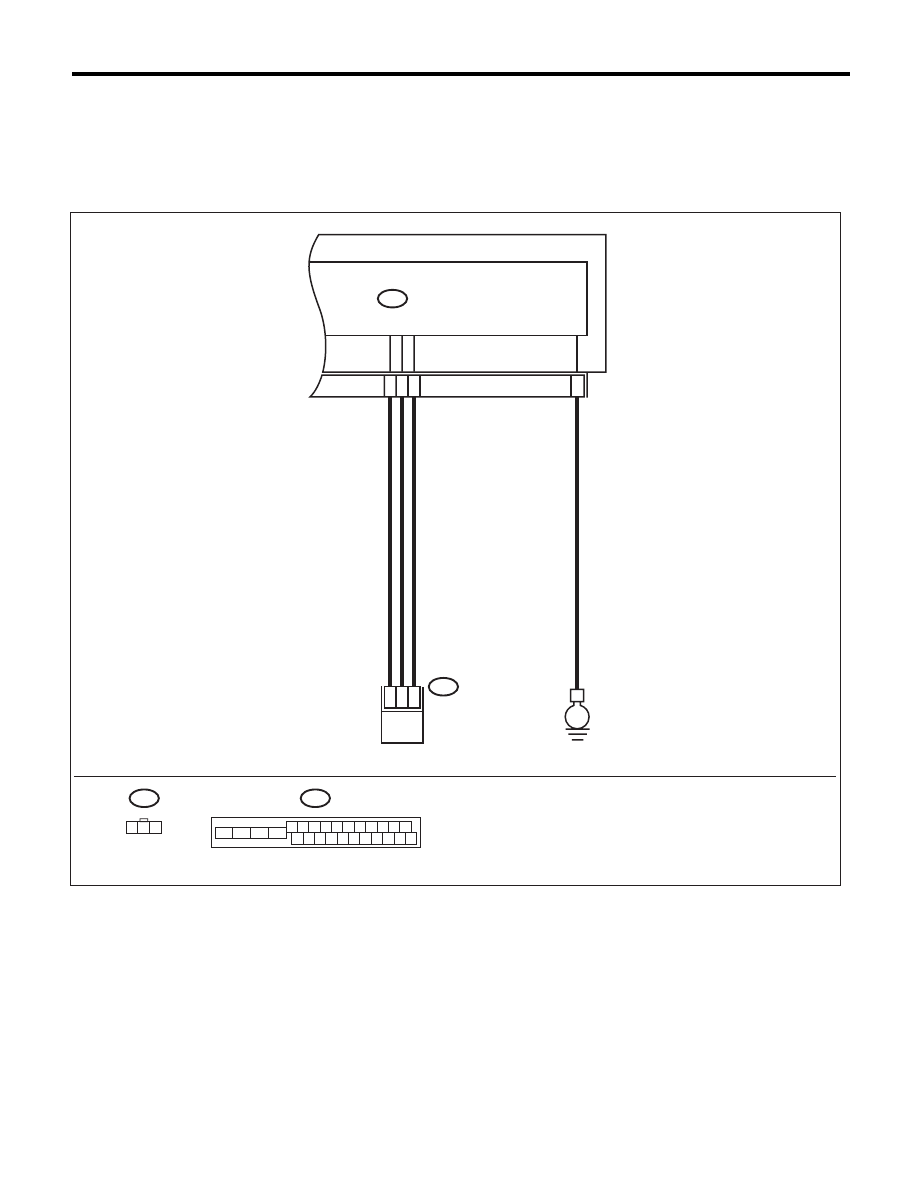Subaru Legacy IV (2008 year). Service manual - part 915

ABS(diag)-59
Diagnostic Procedure with Diagnostic Trouble Code (DTC)
ABS (DIAGNOSTICS)
Y: DTC C0119 G SENSOR OUTPUT SIGNAL MALFUNCTION
DTC DETECTING CONDITION:
Defective G sensor
TROUBLE SYMPTOM:
ABS does not operate.
WIRING DIAGRAM:
ABS00808
ABSCM & H/U
B301
B301
10
24
21
15
B292
ABS G SENSOR
E
3
2
1
B292
1 2 3
1 2 3 4 5 6 7 8 9 10 11
16 17 18 19 20 21 22 23 24 25 26
13
12
15
14